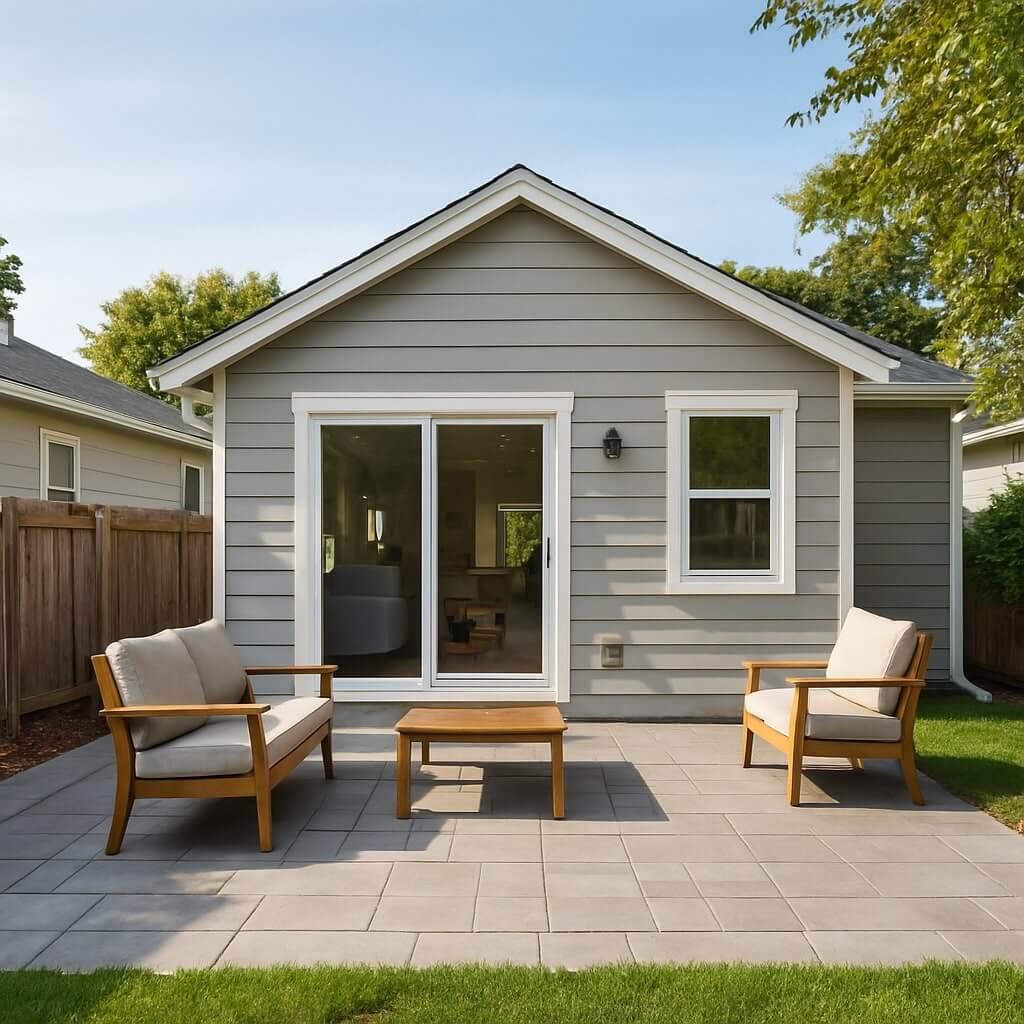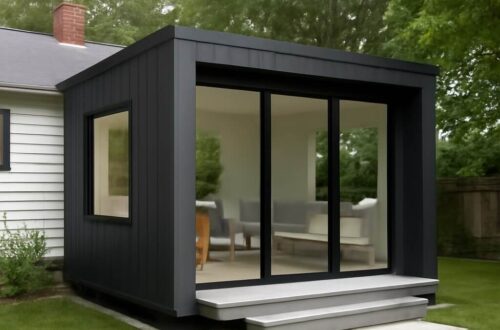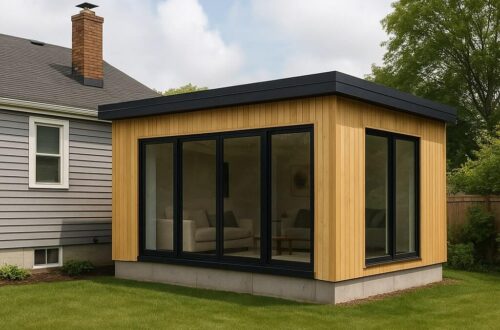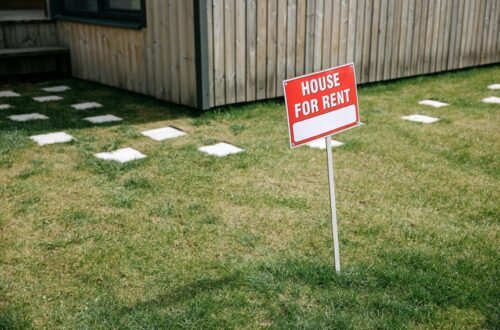Small homes can present a challenge when it comes to maximizing space while maintaining comfort and functionality. However, with the right room addition ideas, even the most compact living spaces can be transformed into functional, stylish areas that suit your needs. This article explores a variety of creative room addition ideas for small homes that not only maximize space but also improve the overall functionality of your home.
1. Convert the Attic into Usable Space
An attic, often underutilized, can be a goldmine for space if converted into a livable room. This addition is ideal for homeowners looking to add an extra bedroom, home office, or even a playroom without expanding the house’s footprint. Installing dormer windows can improve the natural light and headroom, making the space feel larger.
Benefits:
- Adds valuable square footage.
- Enhances natural light with strategic windows.
- Keeps the home’s footprint unchanged.
2. Extend with a Sunroom or Porch
If you have limited space but want to bring the outdoors in, a sunroom or enclosed porch can provide additional living space while still maintaining a connection with nature. This addition is perfect for a reading nook, small dining area, or simply a relaxing retreat.
Benefits:
- Maximizes space while providing an indoor-outdoor feel.
- Increases natural light.
- Can be adapted for different uses, such as an office or breakfast nook.
3. Build a Lofted Bedroom
For those with high ceilings, adding a lofted bedroom or sleeping area can free up space on the lower level for other uses. This is particularly useful in small homes with open floor plans, as it can separate living and sleeping areas without compromising the open feel.
Benefits:
- Utilizes vertical space efficiently.
- Provides privacy in an open-concept home.
- Can be built as a stylish, modern design feature.
4. Create a Multi-Functional Room
One of the best ways to maximize space in a small home is by creating a multi-functional room. Think of a home office that doubles as a guest bedroom, or a dining room that transforms into a play area for kids. Clever furniture, like fold-away desks and murphy beds, can make these transformations seamless.
Benefits:
- Flexible design for multiple uses.
- Cost-effective, as it combines several functions in one room.
- Reduces clutter by eliminating the need for extra rooms.
5. Add a Side or Rear Extension
If zoning laws and available land permit, a small extension at the side or rear of the house can provide more living space without encroaching on your front yard. This addition can house a new kitchen, bathroom, or even a larger living room area to improve your home’s functionality.
Benefits:
- Provides extra square footage for a dedicated room.
- Can be customized to fit your needs.
- Adds value to the property.
6. Transform a Basement into a Living Area
For homes with a basement, converting this underused space can be a game-changer. Whether you need a guest suite, home theater, or family room, a basement remodel can be one of the most cost-effective ways to gain extra space.
Benefits:
- Utilizes existing space, reducing the need for major construction.
- Ideal for creating additional living areas like a home gym or entertainment room.
- Can increase the value of the home.
7. Opt for a Smart Storage Addition
In small homes, it’s not just about adding more rooms—it’s also about making the most of every inch. Smart storage solutions, such as built-in shelving, hidden cabinets, or lofted spaces above doorways, can help maximize your space and keep it organized. These clever solutions make a significant difference in both functionality and aesthetics.
Benefits:
- Keeps your home organized and clutter-free.
- Maximizes vertical and hidden spaces.
- Enhances the home’s functionality without taking up additional floor space.
FAQ: Common Questions About Room Additions for Small Homes
The most cost-effective additions for small homes typically involve converting existing spaces, such as attics or basements, into functional rooms. These renovations make use of existing structures and require fewer resources compared to building an extension.
When deciding on which room to add, consider your lifestyle and needs. If you work from home, a home office might be ideal. If you have growing children, a larger bedroom or play area may be necessary. Always weigh your space limitations, budget, and long-term goals.
To maintain the cohesiveness of your home’s design, choose materials and architectural elements that match or complement the current style. For example, matching the color scheme, window style, and flooring can make your addition feel like a natural extension of the home.
A sunroom provides additional space and allows you to enjoy the outdoors in comfort. It is perfect for reading, relaxing, or dining while bringing in natural light. It also adds curb appeal and increases the value of your home.
Yes, adding a room—especially one that improves the home’s functionality or adds desirable features like additional bedrooms, bathrooms, or living space—can significantly increase the resale value of your home.
Conclusion
Adding a room to a small home is an excellent way to maximize space and functionality without the need to relocate. Whether converting an attic or basement, adding a sunroom, or creating a multi-functional room, these creative room addition ideas offer practical solutions for small spaces. By thinking creatively and making strategic choices, you can enhance your home’s livability and increase its value, all while maintaining a comfortable and stylish environment.






